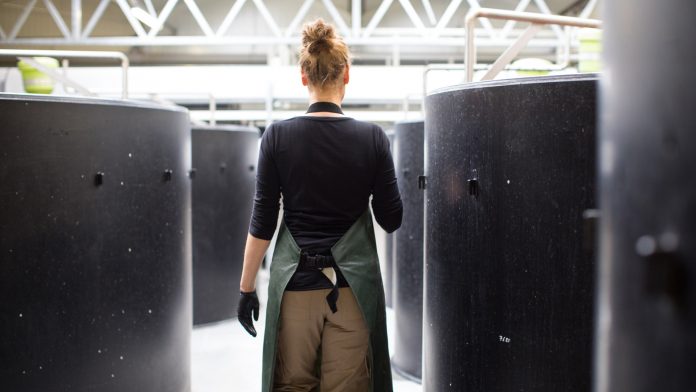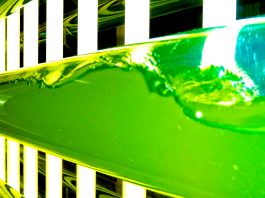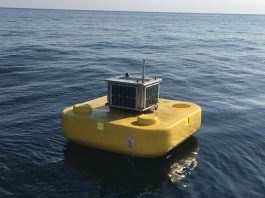The European Research Area is funding a new international project, named DigiRAS, to address the challenges of land-based aquaculture systems and promote their wider use.
Land-based aquaculture systems may offer many benefits over offshore farms, such as less risk of sea lice infestation and infectious diseases. As well as this, such systems can be more sustainable, as they can help conserve wild fish populations, run using renewable sources, and are able to offer fresh fish with less transport time to landlocked communities.
“Norway has a great deal of previous experience in land-based aquaculture in that much of the salmon smolt now living in Norwegian net pens was born and raised in such facilities,” commented Roman Netzer, a Senior Research Scientist at SINTEF.
“The knowledge that Norway has generated in the field of land-based salmon farming in state-of-the-art Recirculating Aquaculture Systems (RAS) during the last 20 years has been very attractive internationally, especially in connection with the farming of other species. Enclosed land-based facilities of this type in which the water is recirculated enable fish to be produced almost anywhere, and not least close to the market,” he added.
While land-based aquaculture systems such as RAS facilities can offer a more sustainable alternative to traditional methods, it has its own challenges. For example, the sector suffers from mass mortalities and the fish meat can become tainted with an earthy flavour due to biological conditions of land-based facilities that are hard to control.
This new European research project, called DigiRAS, is attempting to address the challenges of land-based fish farming.
The project, funded by the EU via the European Research Area, is being co-ordinated by SINTEF Ocean and involves eleven research partners from five countries.
“The project will be looking closely into the farming in RAS facilities of five fish species,” explained Netzer.
“The international project consortium intends to study the microbial communities both inhabiting the fish and in the facilities’ water. The aim is to design strategies to improve water quality, develop sensors, and study fish welfare using camera systems and artificial intelligence,” he added.
The project will use molecular biological methods such as real-time quantitative and digital polymerase chain reactions to study the activity of bacteria that can cause the formation of highly toxic hydrogen sulphide (H2S).
Netzer commented: “H2S, or hydrogen sulphide, has repeatedly been highlighted as the cause of mass fatalities in RAS facilities.
“This happens because we currently have no analytical method of identifying H2S before the fish display clear signs of toxification, by which time it’s usually too late to save them.
“So, a key aim of this project is to devise a method that can monitor toxin formation by developing a portable sensor that facilitates accurate H2S analyses, even of ultra-low concentrations, based on nanomaterial technology. This work is being headed by our Portuguese research colleagues at INL in Braga.”
The researchers will also use an underwater camera system to study fish behaviour and monitor any stress or discomfort.
“By using Artificial Intelligence, we hope to identify early-stage indications of behavioural change in response to worsening environmental conditions,” Netzer commented.









